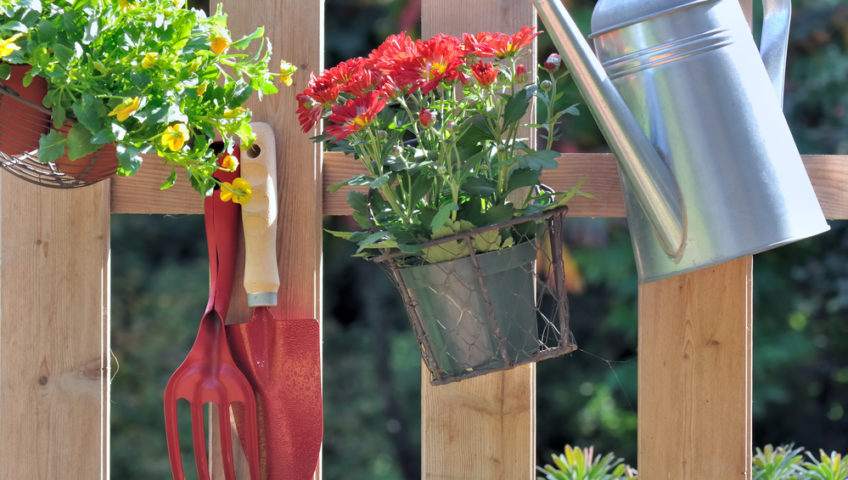One of the single biggest questions facing many home gardeners: When should I stop watering in the fall? Every garden is different, and so is every summer season – many homeowners struggle with the balance between saving water and keeping the yard healthy and prepared for winter.
At Greenside, our landscaping pros are here to help. We have a wide range of landscaping services, including lawn care and maintenance areas like watering. Let’s look at some of the important factors that go into fall watering.
Root Growth
The fall period is important for root growth, for multiple reasons. For one, the soil that these roots sit under has already gone through several months of summer heat, which has warmed it up and softened it. For another, the fall season hopefully comes with a bit more precipitation – when combined with warm days and cool nights, this is a recipe for encouraging roots to spread out and firm up ahead of the winter.
At the same time, though, a hot climate like Utah often means there isn’t enough rainfall to complete this process fully. Roots can quickly dehydrate if they don’t get enough moisture. You should always be ready to water during this season, especially if your yard goes more than 10 days or two weeks without any rainfall.
Sending Fluids Downward
Part of the reason why roots are so important this time of year? The plants they’re attached to are sending their fluids downward, hence the falling of leaves common in autumn. If this happens too soon, or to too great a degree, vital buds may die and cause stress on the plants just before they’re preparing for winter dormancy – never a good sign for their long-term health.
For this reason, you need to have a plan in place for your root system. Prioritize the areas of the garden that you know need the most water – one standard here is that south-facing plants tend to need more water than north-facing ones due to their proximity to sunlight. At minimum, keep hoses handy for things like newer plants, transplants or plants that are particularly prone to weather damage.
Consider Wind
Another important factor to consider here is wind, which dries out the ground and roots even further. High winds during the late summer can dehydrate the tissues of plants while they attempt to move nutrients downward to their roots. If you notice lots of this as you begin to taper off your watering cycle, consider maintaining things a little bit longer.
For more on why watering in the fall is important, or to learn about any of our landscaping services, speak to the pros at Greenside today.

